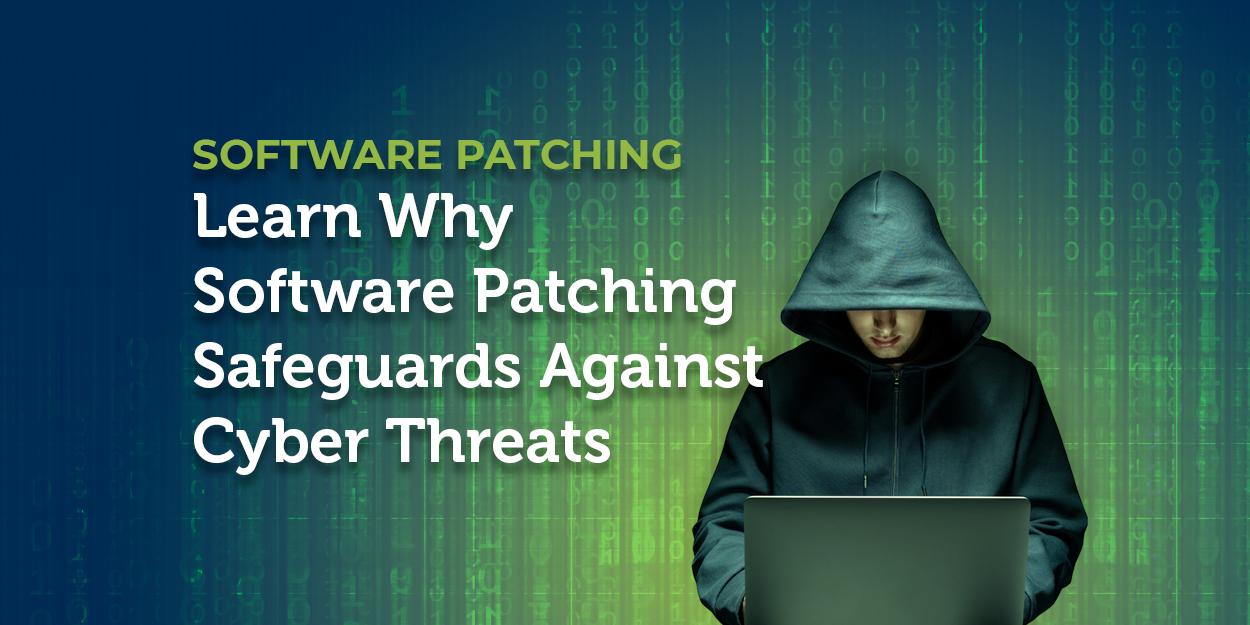In the rapidly evolving landscape of cybersecurity, the significance of regular software patching cannot be overstated. As organizations navigate the complexities of the digital realm, maintaining a robust and secure IT environment is pivotal to safeguarding sensitive data, preserving operational integrity, and fortifying against ever-present cyber threats.
Vulnerability Mitigation
Software vulnerabilities are a prime target for cyber adversaries seeking unauthorized access and data breaches. Regular patching acts as a proactive defense mechanism, addressing known vulnerabilities and reducing the attack surface, thereby mitigating the risk of exploitation .
Zero-Day Exploits
Cyber attackers are adept at exploiting newly discovered vulnerabilities known as zero-day exploits. Timely software patching is a crucial line of defense, closing these vulnerabilities before malicious actors can capitalize on them, preventing potential catastrophic consequences.
Compliance & Regulatory Requirements
Meeting compliance standards and regulatory requirements is paramount in today’s business environment. Software patching is often a fundamental requirement for compliance, ensuring that organizations adhere to industry-specific regulations and standards, thereby avoiding legal repercussions.
Data Protection & Privacy
With the increasing value of data and the growing number of privacy regulations, organizations must prioritize data protection. Patching helps fortify security measures, ensuring that sensitive information remains confidential and safeguarding against data breaches that could compromise customer trust and damage reputation.
Proactive Cybersecurity Culture
Embracing a proactive cybersecurity culture is essential for organizational resilience. Regular software patching instills a mindset of vigilance and preparedness, fostering a culture where cybersecurity is not merely a reactive measure but an integral part of day-to-day operations.
System Reliability & Performance
Unpatched systems are susceptible to a myriad of issues, including system crashes, slowdowns, and erratic behavior. Regular patching not only enhances security but also contributes to the overall stability and performance of IT systems, promoting a seamless and reliable user experience.
Cost Savings in the long run
Investing in proactive software patching is a cost-effective strategy compared to dealing with the aftermath of a security breach. The financial and reputational costs associated with a successful cyberattack can be significantly higher than the investment required for regular and systematic patch management.
IN CONCLUSION, prioritizing software patching is a strategic imperative for any organization committed to maintaining a robust and resilient IT infrastructure. By proactively addressing vulnerabilities, adhering to compliance standards, and fostering a cybersecurity-conscious culture, businesses can fortify their defenses against the evolving threat landscape, ultimately ensuring the longevity and security of their digital operations.




